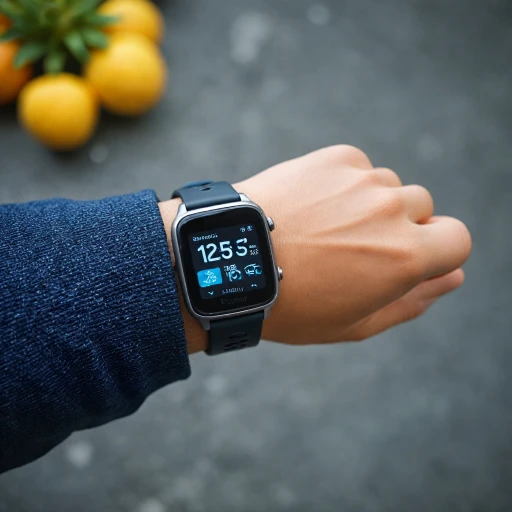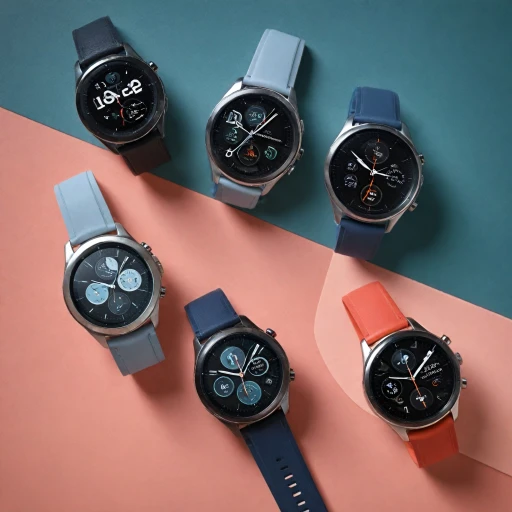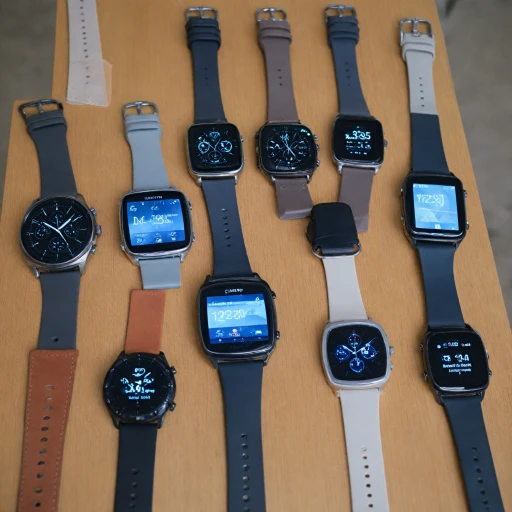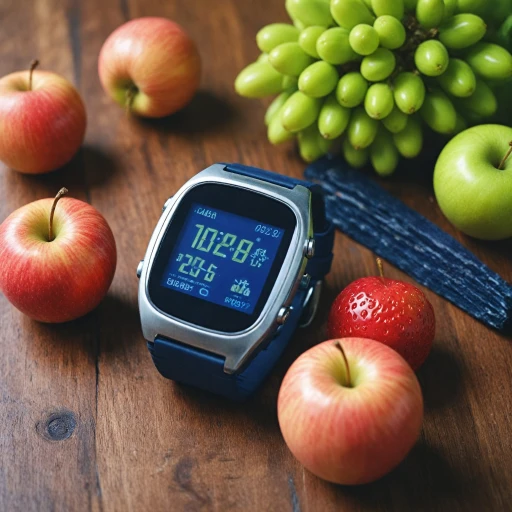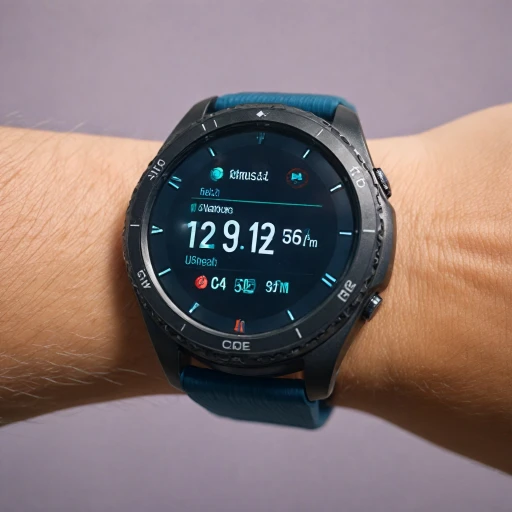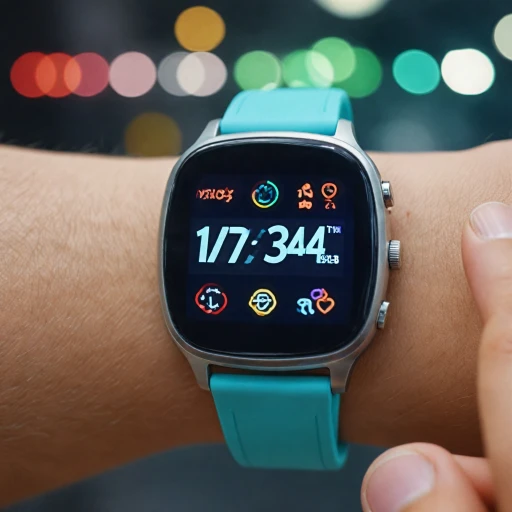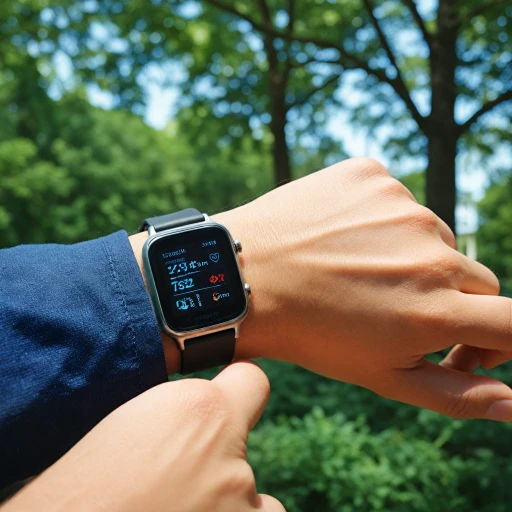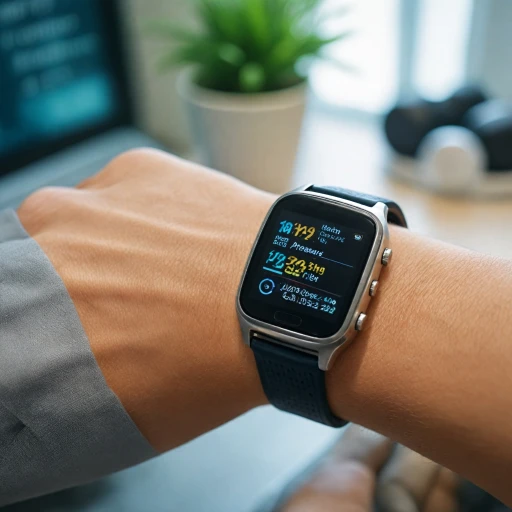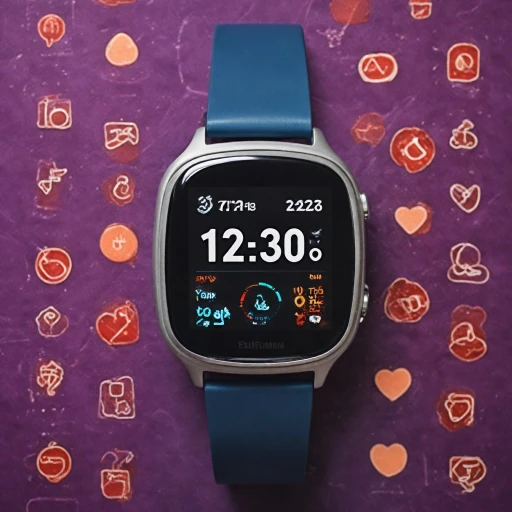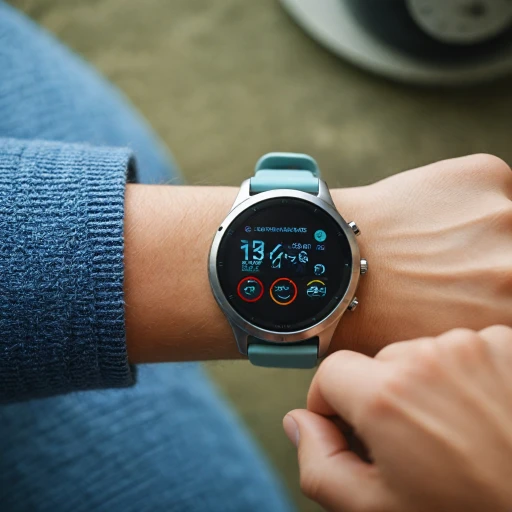Understanding Blood Pressure Monitoring in Smartwatches
The Importance of Blood Pressure Monitoring in Smartwatches
The advancement of smartwatch technology over recent years has enabled users to monitor various aspects of their health conveniently from their wrist. One of the significant benefits of smartwatches is their capability to measure blood pressure. This feature allows individuals to track the health of their heart and identify any issues, such as high blood pressure, early on.
How Blood Pressure Monitoring Works in Smartwatches
Unlike the traditional cuff that wraps around the upper arm to take readings, a pressure watch measures blood pressure using sensors on the wrist. These sensors detect the pulse wave transit time, which is related to blood flow and can provide approximate pressure readings. While not as accurate as a professional medical device, these watches can still offer valuable insights into your heart health.
Understanding Accuracy in Blood Pressure Watches
When considering a blood pressure smartwatch, it’s crucial to understand that accuracy can vary. The best results often come from pairing your device with another pressure monitor, such as a traditional cuff, to ensure readings are consistent. Also, consider the device's ability to integrate with health apps, as this could enhance data accuracy and management.
If you want a more comprehensive understanding of how these features work, further insights can be explored in our detailed article on exploring blood pressure monitoring in smartwatches.
Top Features to Look for in a Blood Pressure Smartwatch
Essential Features for Finding the Perfect Blood Pressure Monitoring Device
When searching for a blood pressure monitoring smartwatch, certain features are essential for ensuring accurate and reliable readings, as well as enhancing your overall health monitoring experience. Let’s explore these critical elements:
- Accurate Blood Pressure Readings: The primary function of a blood pressure monitor is to provide precise readings. Opt for devices with validated accuracy standards, which often include both wrist-based and upper-arm devices. Reliable pressure monitors should align with clinical standards to deliver data you can trust.
- Heart Rate Monitoring: Many modern smartwatches include heart rate monitoring as part of their health-tracking capabilities. This feature complements blood pressure readings, offering a comprehensive overview of your cardiovascular health. Devices like the Samsung Galaxy Watch and Apple Watch are top picks due to their heart rate accuracy.
- Battery Life: A long-lasting battery is crucial when selecting a smartwatch, ensuring your device runs seamlessly without frequent recharging. Consider models known for extended battery life, allowing for uninterrupted health monitoring.
- Compatibility with Health Apps: Integrating seamlessly with health apps can amplify the utility of a pressure monitor watch. This connectivity enables you to track trends over time and share data with healthcare professionals if needed. Choosing a watch that pairs effortlessly with your smartphone ensures maximum benefit.
- Sleep Tracking and Blood Oxygen Levels: For a comprehensive picture of health, including sleep data and blood oxygen levels can enhance your understanding of wellness. These additional metrics help in identifying patterns that may influence blood pressure readings.
When deciding on the best blood pressure watches, considering these aspects will guide you toward a pressure monitoring device that meets both your health needs and lifestyle preferences. Dive deeper into the benefits of smartwatches with integrated heart rate monitors for more insight into optimizing your health monitoring experience.
Comparing Popular Blood Pressure Smartwatches
Analyzing Performance and Reviews of Pressure Watches
When venturing into the world of blood pressure monitoring smartwatches, the multitude of choices can be overwhelming. Comparing these devices helps narrow down the selection based on specific needs and budget. Here, we'll look at some popular options and what they offer beyond basic monitoring capabilities.- Apple Watch Series: Known for its sleek design and high-tech capabilities, the Apple Watch has become a favorite among those seeking a heart rate monitor and a pressure monitor combined. Although it doesn't include a traditional blood pressure cuff, its app ecosystem provides insights on heart and health metrics. However, its premium price point may be a consideration for some.
- Samsung Galaxy Watch: With its cutting-edge technology, the Samsung Galaxy Watch not only measures heart rate but also provides advanced health monitoring features. Its sleep tracking and blood oxygen measurement make it a versatile fitness tracker. A strong battery life adds to its appeal.
- Dedicated Pressure Watches: Some devices like the Omron HeartGuide turn heads with their clinically accurate pressure readings and watch-like form factor. These models often use innovative sensors to measure blood pressure at the wrist, offering an at-home alternative to the traditional upper-arm cuff. Remember, the accuracy may vary, and consulting product reviews is advisable.
- Fitness Trackers with Additional Features: Devices like these combine health monitoring with fitness features, offering a wider array of benefits. They excel not just in tracking steps, but also in monitoring heart rate and other vitals, making them ideal for fitness enthusiasts. For more details on how step tracking can aid your health goals, check out this guide to choosing the best wristwatch for tracking your steps.
User Reviews and Real-World Performance
Evaluating User Experiences and Device Performance
Explored through user reviews and firsthand experiences, the real-world performance of blood pressure monitoring smartwatches can often reveal insights beyond their spec sheets. Many users emphasize how certain devices provide more ease and accuracy in blood pressure readings. For instance, while a pressure monitor designed like a traditional cuff offers more familiar readings, wrist-based monitors are known for their convenience and portability.- Heart Rate Accuracy: User feedback often highlights which models excel in giving precise heart rate measures. Devices like the Apple Watch and Samsung Galaxy series usually receive praise for their dependable heart health monitoring features.
- Battery Life: Battery longevity is another aspect users frequently review. A smartwatch with extended battery life is ideal, especially if it also offers features like sleep and fitness tracking, apart from blood pressure monitoring.
- Integration with Health Apps: The ability to sync with health apps is a crucial factor for many users. Those who successfully integrate their healthcare data with platforms find it easier to track their fitness goals, monitor blood pressure trends, and receive notifications on high blood pressure readings.
- Price vs. Performance: In terms of cost-effectiveness, users often compare devices based on the balance between features and price. Smartwatches that provide comprehensive monitoring capabilities, like blood oxygen and heart rate measures, typically receive higher satisfaction ratings when available at competitive prices.
Integrating Health Apps with Your Smartwatch
Enhancing Your Health Monitoring with Apps
Integrating health apps with your smartwatch can significantly enhance the functionality of your blood pressure monitoring device. These apps not only help in tracking your blood pressure readings but also provide insights into other health metrics like heart rate, sleep patterns, and fitness levels. Whether you own a Samsung Galaxy Watch, an Apple Watch, or another brand, the right app can turn your wrist blood pressure monitor into a comprehensive health tool.
Choosing the Right App for Your Needs
When selecting an app, consider its compatibility with your smartwatch and its ability to sync seamlessly with your device. Some apps offer features like historical data analysis, which can be crucial for those monitoring high blood pressure or tracking long-term health trends. Ensure the app supports accurate pressure readings and integrates well with your existing health ecosystem.
Maximizing App Features for Better Health Insights
Utilize apps that offer personalized health recommendations based on your blood pressure readings and other data. These apps can provide alerts for irregular heart rate or blood oxygen levels, helping you take timely action. Additionally, some apps allow you to share your health data with healthcare providers, offering a more comprehensive view of your health status.
Battery Life and App Usage
Keep in mind that extensive app usage can impact the battery life of your smartwatch. Opt for apps that are optimized for energy efficiency to ensure your device remains functional throughout the day. Regularly update your apps to benefit from the latest features and improvements, ensuring your pressure monitor remains one of the best tools in your health arsenal.
Tips for Accurate Blood Pressure Readings
Ensuring the Most Reliable Blood Pressure Data
To get the most accurate pressure readings from your smartwatch, there are some essential steps and practices you should follow. Whether you are using a premium device like the Apple Watch or a more budget-friendly option, consistency in approach is key.
Wear and Fit
The fit of your device is crucial. Your smartwatch should sit snugly against your wrist, not too tight or too loose, aiding in securing precise measurements. Double-checking the fit can help maintain good sensor contact with your skin.
Proper Positioning
For a dependable reading, your arm should be at heart level. This alignment helps reduce any discrepancies caused by gravity affecting the displayed pressure numbers.
Optimal Measuring Conditions
- Ensure you are relaxed, as stress can skew results.
- Try to sit quietly in a relaxed position for a few minutes before initiating a reading.
- External factors, such as temperature, can impact results—try and measure in a controlled environment.
Comparing with a Traditional Cuff Monitor
It's wise to periodically check your smartwatch readings against an upper arm cuff monitor. This comparison helps verify that your device is functioning correctly and offers insights into its accuracy levels.
Mindful Use of Health Apps
Integrating your smartwatch with health-centric apps enhances the monitoring experience. These applications often boast analytical tools to track trends, offering more insight into your heart health beyond the essential measures.
Consistent Calibration
Manufacturers sometimes allow manual calibration. Regularly calibrating your pressure monitor is a great way to ensure ongoing accuracy.
Regular Software Updates
Ensuring your device is running the latest firmware aids in maintaining the reliability and accuracy of your Bluetooth-enabled pressure monitors. Updates often offer performance enhancements and can address any known issues.
Following these tips not only helps to ensure accuracy but also maximizes the benefit you get from your smart device, be it a Samsung Galaxy, fitness tracker, or other models available at different price ranges.

